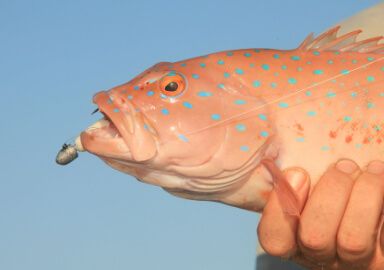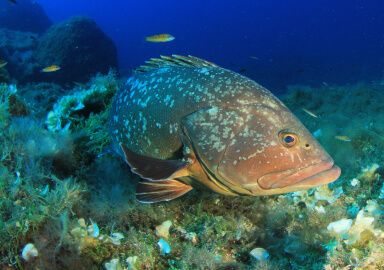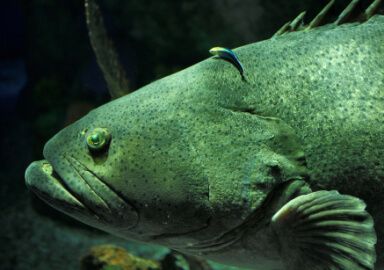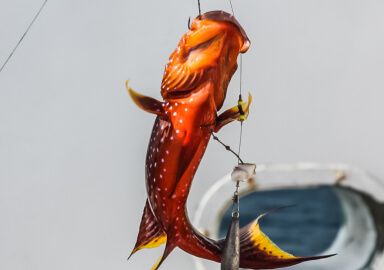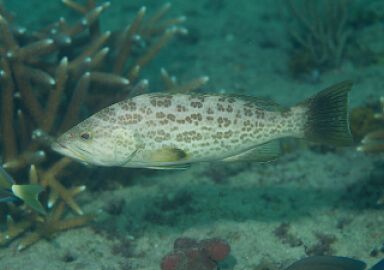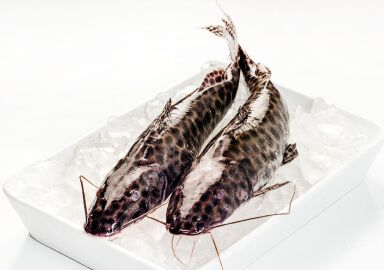Broomtail Grouper
The broomtail grouper is a bony, ray-finned fish with a limited distribution on the western seaboard of the Americas.
View 6 listings
6
listings
–
price starting from
4
countries
–
to the nearest trip
Where and When?
The distribution of broomtail groupers is much more restricted than many other groupers, some of which have a circumglobal range. There are small populations in southern California and pockets of abundance down the western seaboard of South America to Peru. Almost all juveniles appear to be found in estuaries but adults, which can remain in larger estuaries, tend to gravitate offshore and are usually associated with hard substrates - reefs or wrecks - down to depths of around 60 meters (197 ft.). No large scale migrations are currently known. Numbers are reportedly declining in some areas due to overfishing, disturbance or degradation and development of estuaries. Broomtail grouper fishing can be carried on throughout the year and although in the wild the fish is probably active at night, most fishing is done in daylight, especially offshore.
About Broomtail Grouper
A fairly large member of the Serranidae family, the broomtail grouper (Myceroperca xenarcha) is in many ways a typical grouper. It has a robust and depressed body with a large mouth filled with tiny teeth at the front. It is more elongate than some groupers and the spines of the caudal (tail) fin extend beyond the fleshy membrane, giving it a jagged appearance. In colour it is a “pretty” fish with distinctive dark brown blotches scattered across its body and head, which otherwise are light brown. The maximum length is about 150 centimeters (4.9 ft) and the record weight is 49.2 kilograms (108 lbs.).
Broomtail groupers are commonly found around mangroves in estuaries and juveniles seem dependent on these areas. Large specimens often move offshore and become established on reefs or hard surfaces out to the edges of the continental shelf. They are ambush predators all their lives and feed mostly on smaller fish, but will also take living invertebrates such as shrimps. Broomtail grouper are basically solitary all their lives and numbers have reportedly declined in North American waters but they are said to still be abundant in some parts of Mexico and South America.
How to Catch?
While recreational fishing for broomtail groupers can sometimes be carried out in harbours or estuaries from piers and suitable rocks, most is done from smallish boats. Charter boats are popular as the crew usually know the important details of grouper fishing and can often deliver the naive angler to likely spots. Wherever the fishing is carried out it is essential to have suitable strong, reliable equipment that will enable the angler to hold the fish as it will, almost inevitably, try and return to a cave or place of safety.
Broomtail groupers seem to prefer live food and thus bait and so live bait, or a moving lure, are usually the best bet. Anglers need to be alert at all times as the broomtail grouper will usually approach a bait slowly and then, without warning, gulp it down then turn abruptly and head for cover as the fish feels the line tighten. It is then a matter of holding the fish till it tires a little as they often have little stamina after the initial flurry of strength. Broomtail groupers are rare and difficult to target but the capture of a good sized specimen is a considerable achievement.









